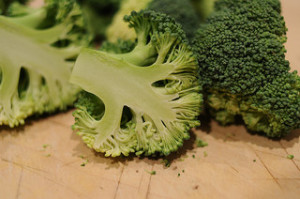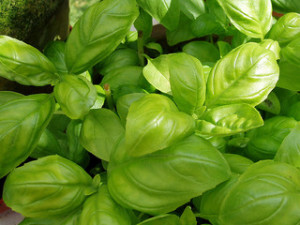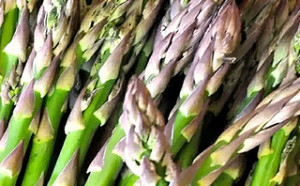Many are finding the right guide on how to grow broccoli, so that they can always benefit from a fresh and healthy harvest that will not only make delicious meals, but will also help them keep their health at tip top condition.
According to medical researchers, broccoli is high in vitamins and essential nutrients, including a cancer fighting agent called
If you want to grow broccoli, here are the steps that you have to do:
- Plan where you want to plant your broccoli – broccoli grows as tall as 3 feet. Therefore, if you are fond of planting vegetables, and you plan to plant it near something else, make sure that the broccoli will not shade the nearby plants. The soil should also be well draining, and the area where you want to plant broccoli should have enough sunlight and shading.
- Soil PH – If you want to grow abundant and quality broccoli, you have to maintain the soil’s PH to at least 7. You can do this by adding compost or manure to your soil.
- Seeding – if you live in warmer areas, you have to plant the seeds at least early in spring. If you live in cooler areas, you have to do it at least two months before the last frost.
- Add more compost and manure – when your plant is starting to grow, at least half inch, add compost to the soil. Doing this will add more nutrients to the soil, which your broccoli plant will need for proper nutrition.
- Hydrating the plant – ideally, your broccoli plant will need 2 inches of water at the most every single week. The amount of water needed and the number of times you will need to water it will depend on the climate in your area.
- Mulching & Protecting the plant – to maintain proper soil moisture, mulch the area. Mulching will also prevent weeds to come near and share the nutrients of the soil. Place paper collars around each crown in order to protect the actual broccoli from insects and prey such as cutworms.
- Harvesting – the way to know if a broccoli is ready for harvest is to look at the size of it and the color. Ideally, the color should be green overall. Do not wait for it to turn yellow. If you think that it has reached the right size already (similar to what you see from the grocery stores), then this is the best time to harvest them already.
These are the different steps that you have to make, if you want to grow broccoli. This dark green vegetable is a member of the brassica crop. This particular group of vegetables is well known to fight a lot of illnesses and diseases, including a very life threatening disease called cancer.
 so that you will always be sure of having fresh blueberries any time you need it.
so that you will always be sure of having fresh blueberries any time you need it. and antioxidants. They make healthy snacks, juices, and shakes too!
and antioxidants. They make healthy snacks, juices, and shakes too! protein and a lot of vitamins that will help you achieve a leaner and healthy body.
protein and a lot of vitamins that will help you achieve a leaner and healthy body. flavor, whether you want to use it fresh or dry.
flavor, whether you want to use it fresh or dry. when fully grown, and not something that grows from one place to another, unless you want to crowd your lawn with bamboo. Two of the most ideal types of bamboo that is perfect for home lawns would be the Clumping type and the Running type.
when fully grown, and not something that grows from one place to another, unless you want to crowd your lawn with bamboo. Two of the most ideal types of bamboo that is perfect for home lawns would be the Clumping type and the Running type. some for your own consumption? Actually, if you are conscious about your health, growing your own food provides better results, since you know what comes into your mouth. Of course, you would like to stay away from foods that are contaminated with chemicals, and choose foods that were organically grown, which translates into food that is safe to eat.
some for your own consumption? Actually, if you are conscious about your health, growing your own food provides better results, since you know what comes into your mouth. Of course, you would like to stay away from foods that are contaminated with chemicals, and choose foods that were organically grown, which translates into food that is safe to eat.